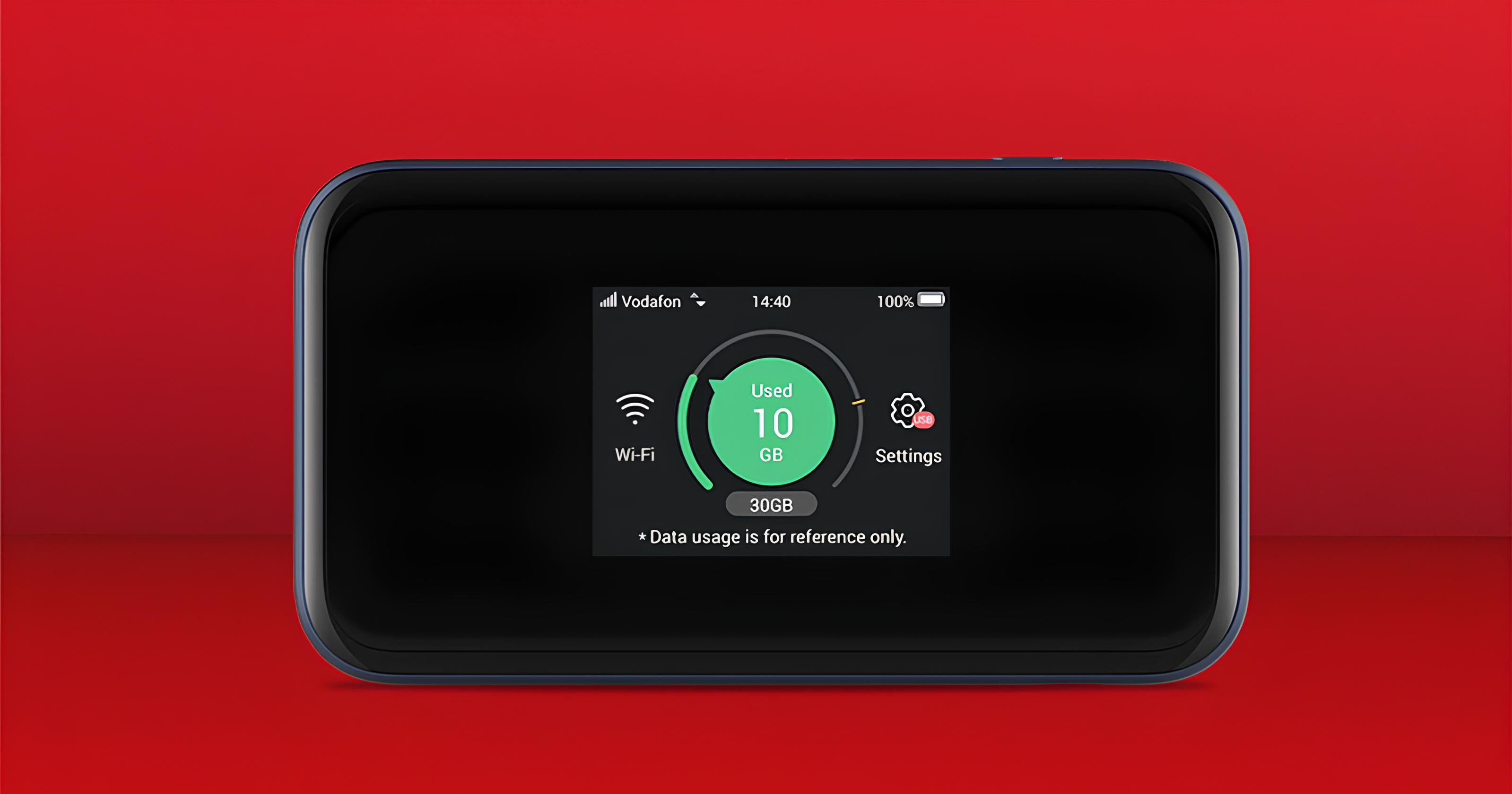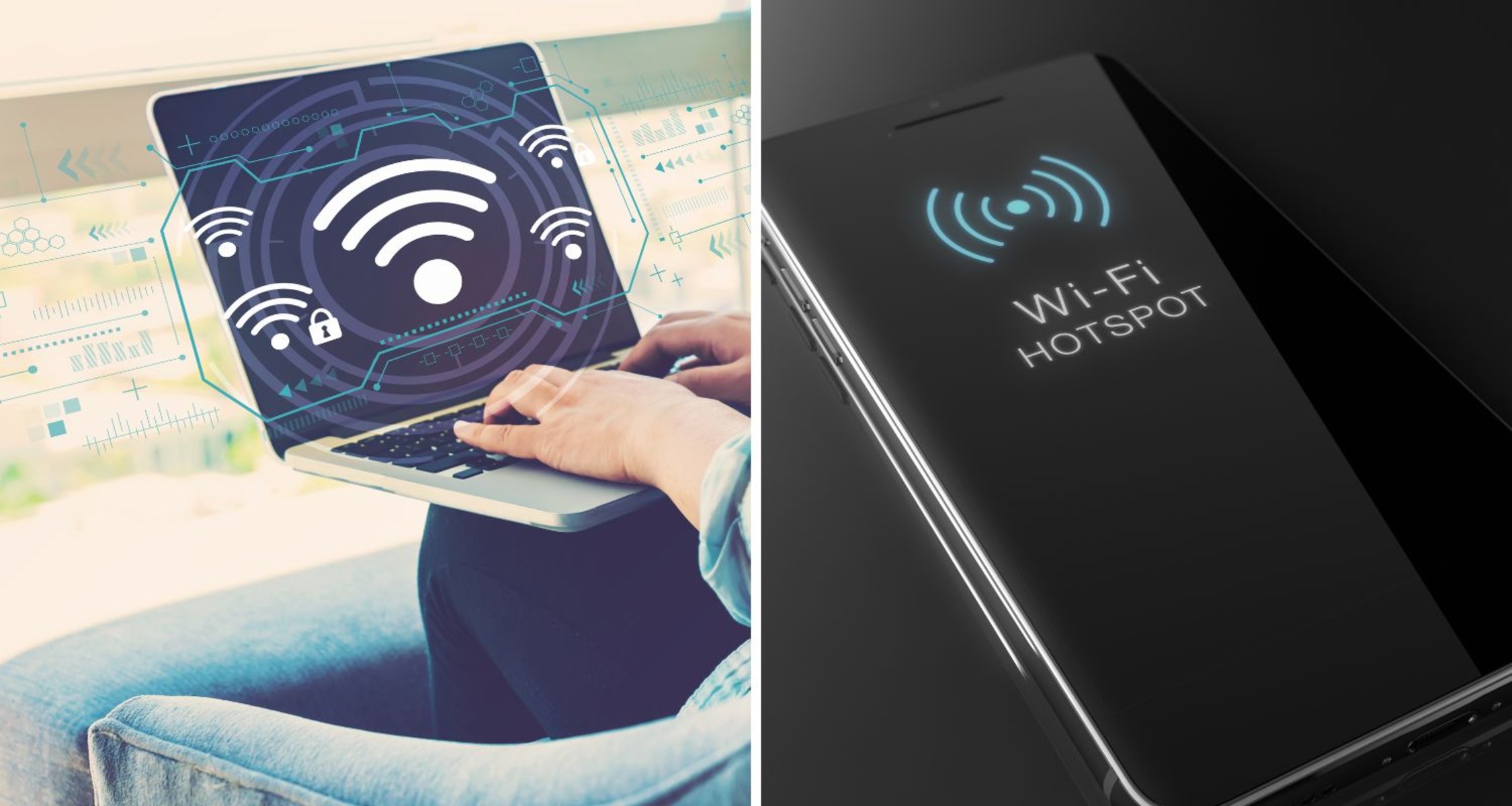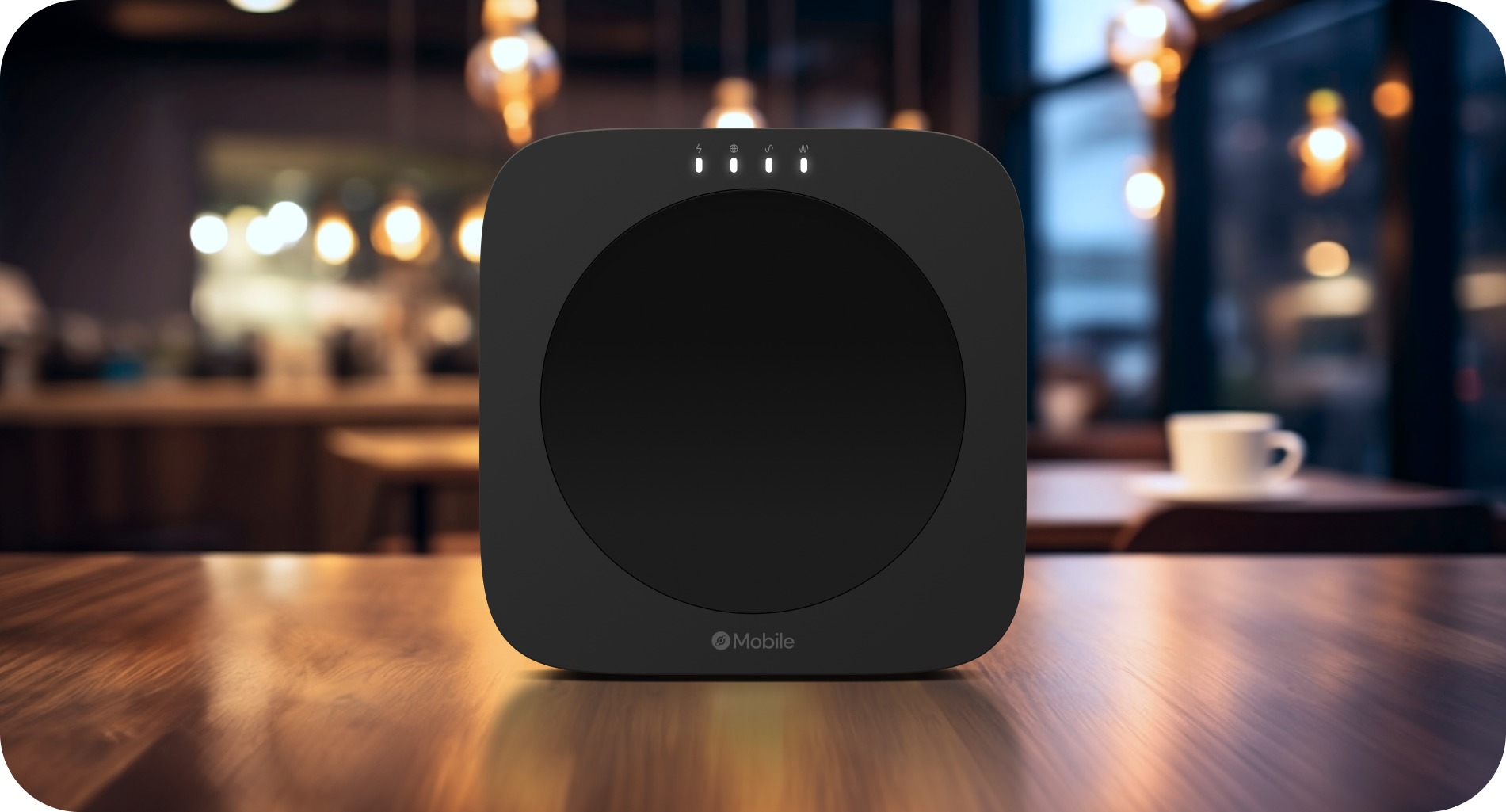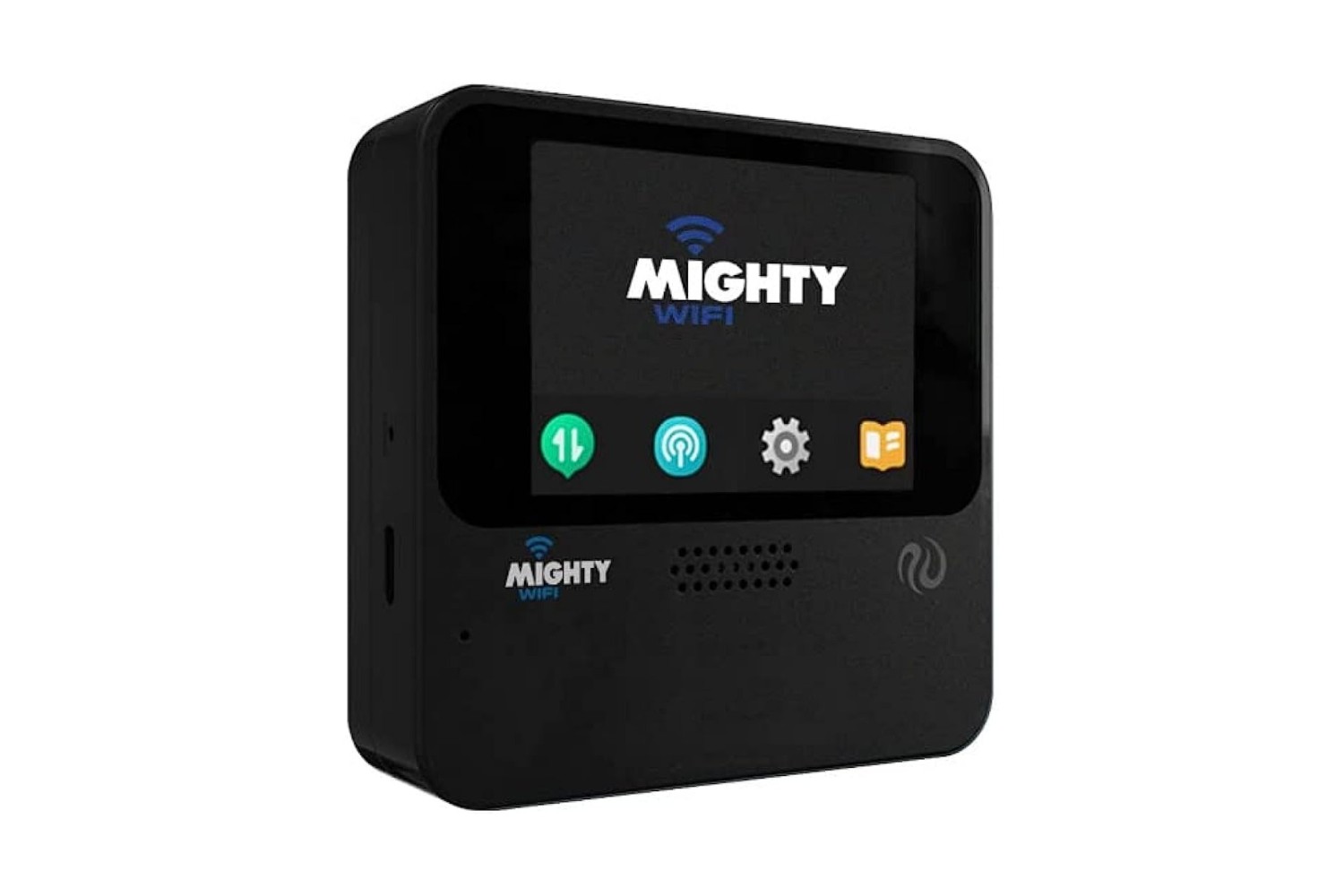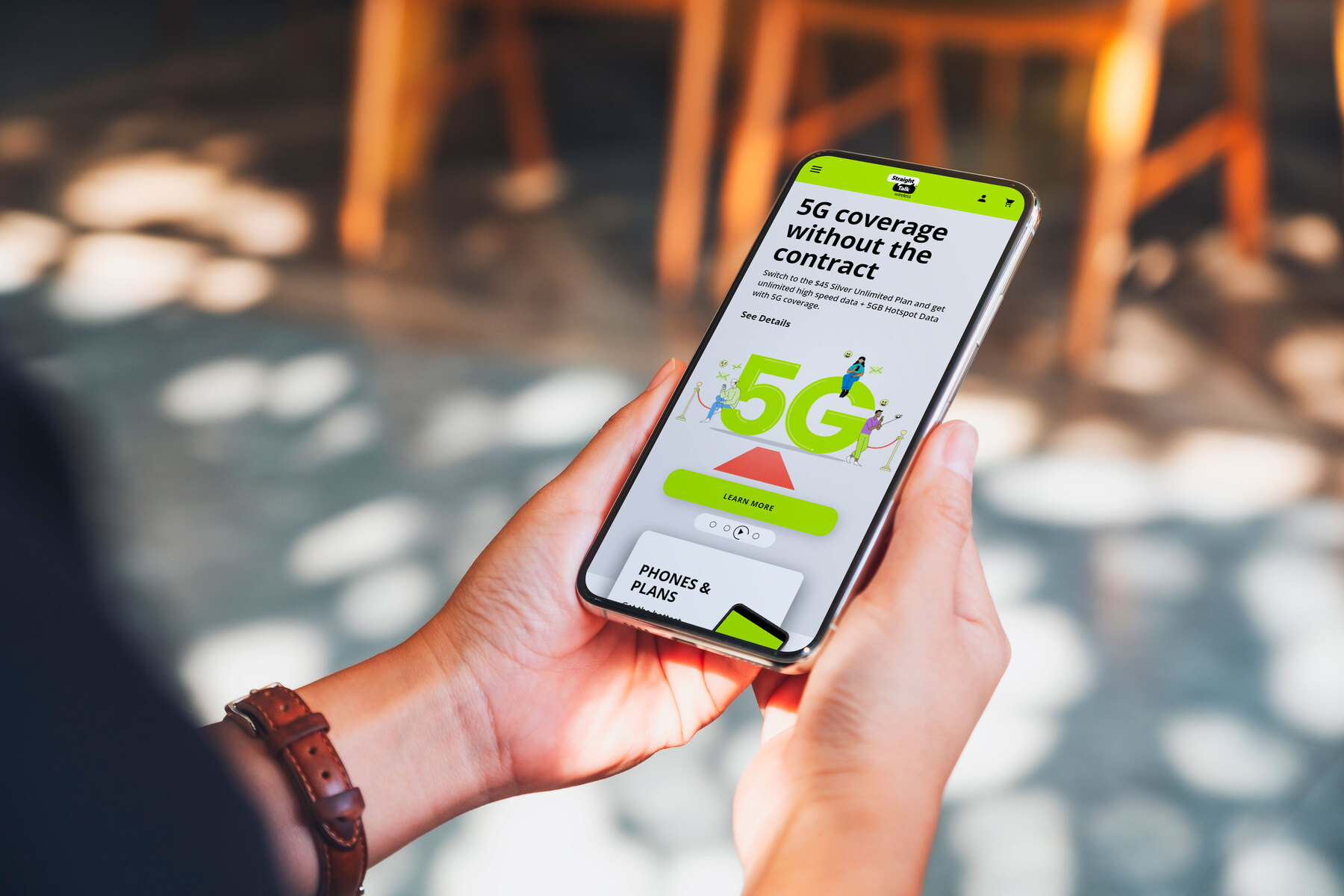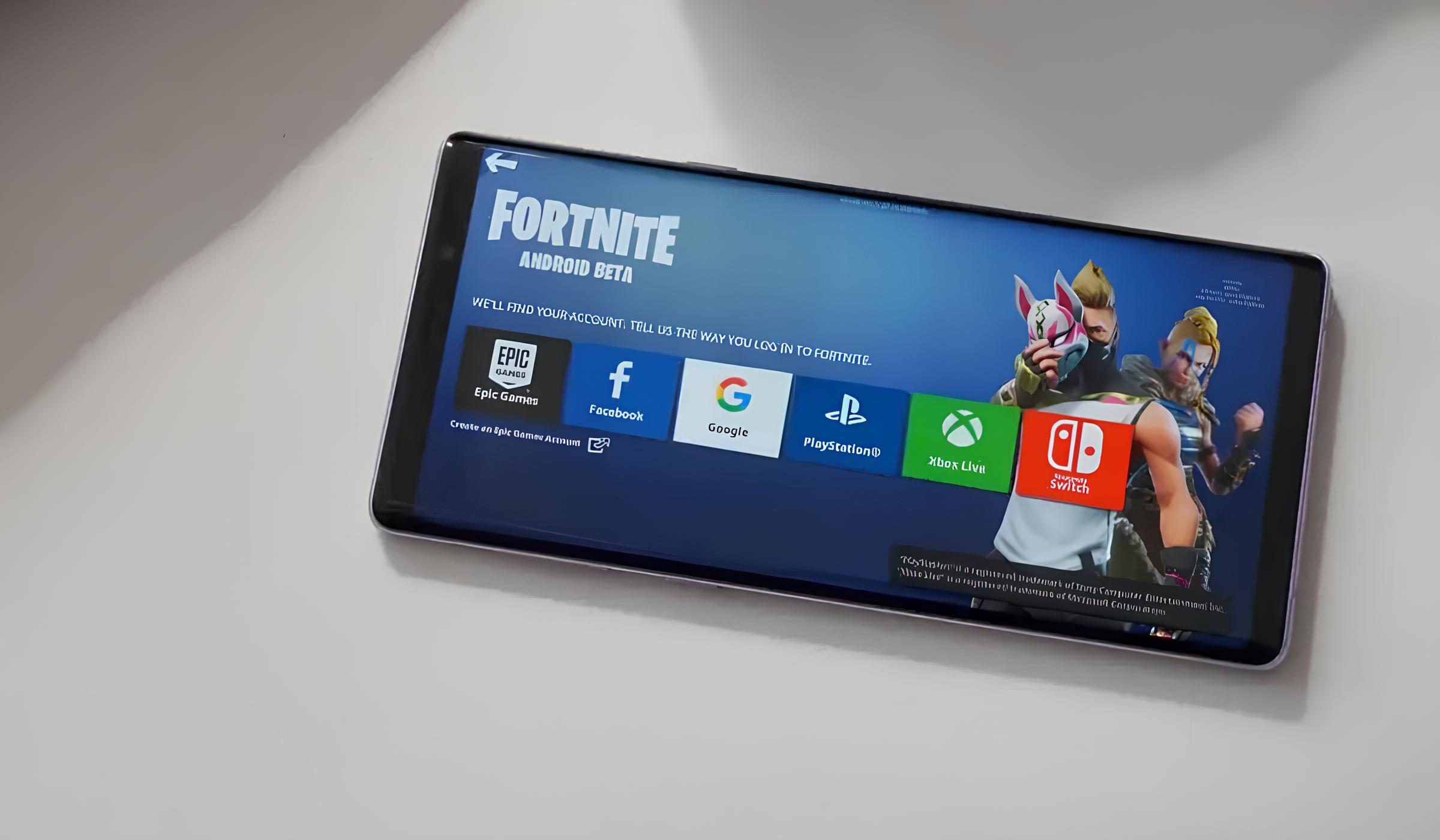Introduction
In today's fast-paced digital age, staying connected is more important than ever. Whether it's for work, entertainment, or keeping in touch with loved ones, having access to the internet has become a necessity. While many of us rely on traditional Wi-Fi connections at home or in public spaces, there are times when accessing the internet on the go is essential. This is where hotspot data consumption comes into play.
Hotspot data consumption refers to the usage of mobile data to create a personal Wi-Fi network, allowing devices such as smartphones, laptops, and tablets to connect to the internet. This convenient feature enables individuals to access the web from virtually anywhere, whether they're traveling, working remotely, or simply in a location without traditional Wi-Fi access.
Understanding hotspot data consumption is crucial for optimizing its usage and avoiding unexpected charges or slowdowns. By delving into the factors that affect data usage, as well as effective management tips, individuals can make the most of their hotspot capabilities while staying mindful of their data limits. Whether it's monitoring data-intensive activities or adjusting settings for efficiency, being informed about hotspot data consumption empowers users to stay connected without compromising on cost or performance.
As the reliance on mobile connectivity continues to grow, grasping the nuances of hotspot data consumption is becoming increasingly important. By exploring the intricacies of this technology and learning how to manage it effectively, individuals can harness the power of mobile data to its fullest potential. In the sections that follow, we'll delve into the specifics of hotspot data consumption, uncovering the factors that influence usage and providing actionable tips for optimizing data management. Let's embark on this journey to unlock the full potential of hotspot data consumption.
What is Hotspot Data Consumption?
Hotspot data consumption refers to the utilization of mobile data to create a personal Wi-Fi network, enabling various devices to connect to the internet. This feature is particularly useful when traditional Wi-Fi access is unavailable, allowing individuals to stay connected while on the move. By leveraging the cellular data network, users can transform their smartphones or mobile devices into portable Wi-Fi hotspots, providing internet access to laptops, tablets, and other gadgets.
When a device is used as a hotspot, it essentially acts as a bridge between the cellular network and the connected devices, enabling seamless internet connectivity. This functionality is especially valuable in situations where individuals need to work remotely, share internet access with colleagues or family members, or access online resources while traveling. Whether it's for business or personal use, hotspot data consumption offers a flexible and convenient means of staying online in a variety of scenarios.
Moreover, hotspot data consumption plays a vital role in enabling connectivity in areas where traditional Wi-Fi networks may be unavailable or unreliable. This can include outdoor events, remote work sites, or even during emergencies when access to the internet is essential. By harnessing the power of mobile data, individuals can create their own Wi-Fi ecosystems, fostering productivity, communication, and entertainment regardless of their physical location.
Understanding hotspot data consumption involves recognizing its potential benefits as well as its implications for data usage. While it provides unparalleled convenience, it's important for users to be mindful of their data limits and associated costs. By grasping the fundamentals of hotspot data consumption, individuals can make informed decisions about when and how to utilize this feature, ensuring that they stay connected without exceeding their data allowances or incurring unexpected charges.
In essence, hotspot data consumption empowers users to extend internet connectivity beyond the confines of traditional Wi-Fi networks, offering a versatile and adaptable solution for staying online in a mobile-centric world. By embracing this technology and understanding its capabilities, individuals can leverage hotspot data consumption to enhance their digital experiences and maintain connectivity in diverse environments.
Factors Affecting Hotspot Data Usage
Several factors can significantly impact hotspot data usage, influencing the amount of data consumed and the overall performance of the connected devices. Understanding these factors is crucial for effectively managing hotspot data consumption and optimizing its usage. Let's explore the key elements that can influence hotspot data usage:
-
Connected Devices and Activities: The number and type of devices connected to the hotspot can have a substantial impact on data consumption. Devices that engage in data-intensive activities such as streaming high-definition videos, online gaming, or large file downloads can quickly deplete data allowances. Additionally, the simultaneous use of multiple devices can compound data usage, emphasizing the need to monitor and regulate connected activities.
-
Data-Intensive Applications: Certain applications and services, such as video streaming platforms, cloud storage synchronization, and software updates, are inherently data-intensive. When these applications are used on devices connected to a hotspot, they can significantly contribute to data consumption. Managing the usage of these applications and opting for lower-resolution streaming or scheduled updates can help mitigate excessive data consumption.
-
Settings and Background Processes: Background processes and automatic updates on connected devices can consume data without the user's explicit interaction. It's essential to review and adjust the settings of connected devices to limit background data usage. Disabling automatic app updates, restricting background data access for specific applications, and enabling data-saving modes can help conserve hotspot data.
-
Signal Strength and Network Conditions: The strength of the cellular signal and the quality of the network connection can impact data usage. In areas with weak signals or fluctuating network conditions, devices may consume more data as they attempt to maintain a stable connection. Moving to areas with stronger signals or using signal boosters can help mitigate excessive data usage caused by poor network conditions.
-
Device and Hotspot Settings: The settings and configurations of the hotspot-enabled device can influence data usage. For instance, enabling a password-protected hotspot, utilizing Wi-Fi encryption, and managing the number of allowed connections can impact data consumption. Additionally, adjusting the hotspot's broadcast range and transmission power can optimize its efficiency and reduce unnecessary data usage.
By considering and addressing these factors, users can gain greater control over their hotspot data consumption, ensuring efficient usage and preventing unexpected data overages. Awareness of these influencing elements empowers individuals to make informed decisions regarding their connectivity needs and data management strategies.
Tips for Managing Hotspot Data Consumption
Effectively managing hotspot data consumption is essential for optimizing connectivity while avoiding excessive data usage and associated costs. By implementing proactive strategies and adopting mindful usage habits, individuals can make the most of their hotspot capabilities. Here are valuable tips for managing hotspot data consumption:
-
Monitor Data Usage: Regularly track the amount of data being consumed by connected devices. Many smartphones offer built-in data usage tracking features, allowing users to set data limits and receive alerts when approaching predefined thresholds. By staying informed about data usage patterns, individuals can make informed decisions about their connectivity habits.
-
Utilize Data-Saving Modes: Enable data-saving modes on connected devices to restrict background data usage and prioritize essential applications. These modes can help conserve data by optimizing the use of network resources and minimizing unnecessary data consumption.
-
Opt for Wi-Fi-Enabled Devices: Whenever possible, use Wi-Fi-enabled devices to connect to the hotspot. Devices equipped with Wi-Fi capabilities are typically more efficient in utilizing data compared to those solely reliant on cellular connectivity. Prioritizing Wi-Fi-enabled devices can help reduce overall hotspot data consumption.
-
Limit Data-Intensive Activities: Be mindful of data-intensive activities such as high-definition video streaming, online gaming, and large file downloads when connected to a hotspot. Opt for lower-resolution streaming options, schedule large downloads during off-peak hours, and consider offline alternatives for entertainment to minimize data usage.
-
Review Application Settings: Review the settings of data-intensive applications and adjust their preferences to minimize data usage. Many applications offer options to limit video quality, restrict background data access, and schedule updates, providing users with greater control over data consumption.
-
Manage Connected Devices: Regularly review and manage the devices connected to the hotspot. Disconnect inactive devices and limit the number of simultaneous connections to conserve data and ensure optimal network performance for active users.
-
Leverage Data Compression Tools: Explore the use of data compression tools and browser extensions that can reduce the size of web content and optimize data transmission. These tools can help minimize data usage without compromising the overall browsing experience.
-
Optimize Hotspot Settings: Adjust the settings of the hotspot-enabled device to optimize its efficiency and reduce unnecessary data consumption. Consider enabling password protection, utilizing Wi-Fi encryption, and adjusting the broadcast range to enhance security and control over data usage.
By implementing these tips, individuals can proactively manage their hotspot data consumption, enabling efficient connectivity while maintaining control over data usage. Embracing mindful usage practices and leveraging available tools and settings empowers users to make the most of their hotspot capabilities without exceeding data limits or incurring unexpected charges.
Conclusion
In conclusion, hotspot data consumption plays a pivotal role in enabling flexible and on-the-go internet connectivity, empowering individuals to stay connected in diverse environments. By understanding the factors that influence data usage and implementing effective management strategies, users can optimize their hotspot capabilities while maintaining control over data consumption.
The insights gained from exploring hotspot data consumption shed light on the importance of mindful usage habits and proactive data management. By monitoring data usage, leveraging data-saving modes, and prioritizing Wi-Fi-enabled devices, individuals can make informed decisions about their connectivity needs and minimize unnecessary data usage. Furthermore, being mindful of data-intensive activities, reviewing application settings, and managing connected devices are essential steps in controlling hotspot data consumption.
The utilization of data compression tools, optimization of hotspot settings, and adherence to best practices for efficient data usage further contribute to a holistic approach to managing hotspot data consumption. By embracing these strategies, individuals can ensure that their hotspot usage remains efficient, cost-effective, and aligned with their connectivity requirements.
As the reliance on mobile connectivity continues to grow, the ability to manage hotspot data consumption effectively becomes increasingly valuable. Whether for work, leisure, or staying connected while traveling, hotspot data consumption offers unparalleled flexibility and convenience. By incorporating the outlined tips and strategies into their connectivity routines, users can harness the full potential of hotspot data consumption while avoiding unexpected data overages and associated costs.
In essence, hotspot data consumption presents a dynamic and adaptable solution for extending internet connectivity beyond traditional Wi-Fi networks. By navigating the intricacies of data usage and implementing proactive management approaches, individuals can confidently embrace the benefits of hotspot data consumption while maintaining control over their data usage.
By adopting a proactive and informed approach to hotspot data consumption, users can unlock the full potential of this technology, fostering seamless connectivity and empowering digital experiences in an increasingly mobile-centric world.







